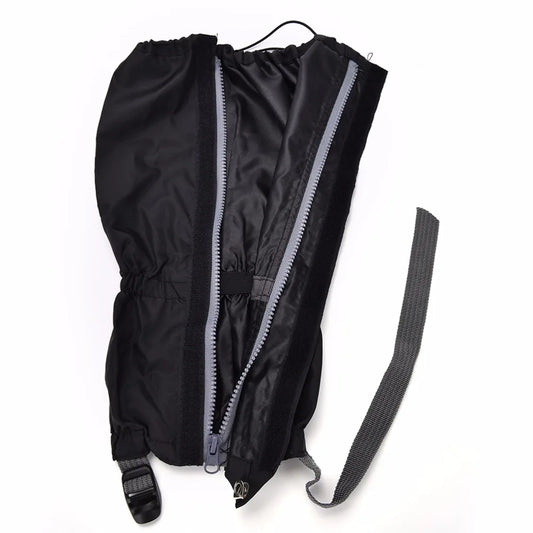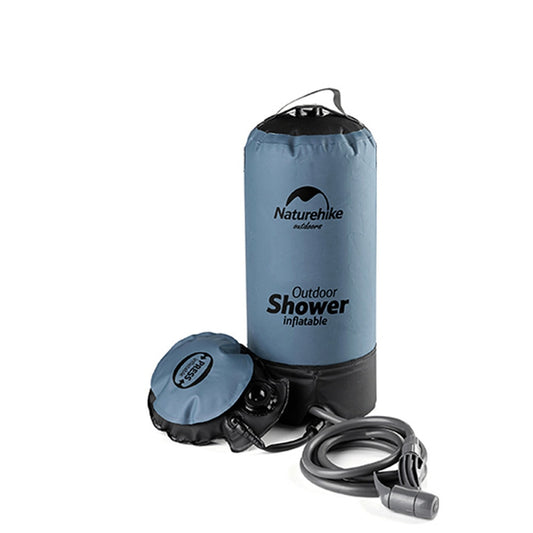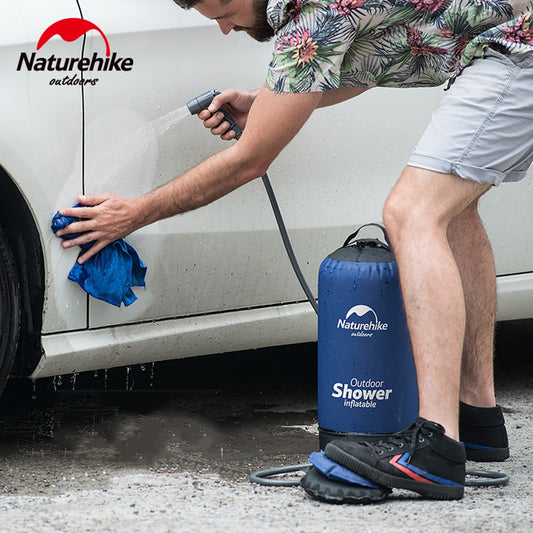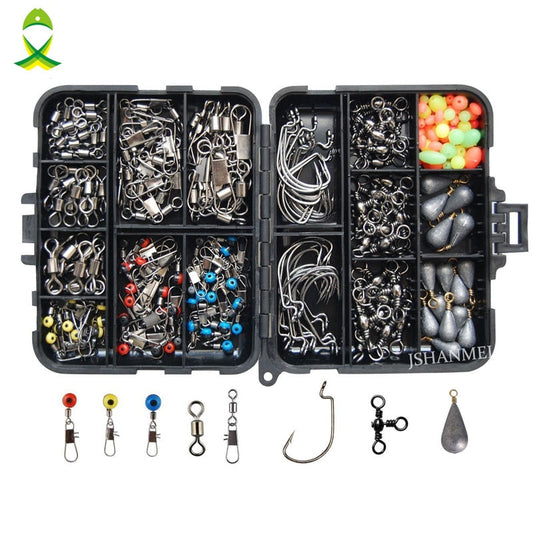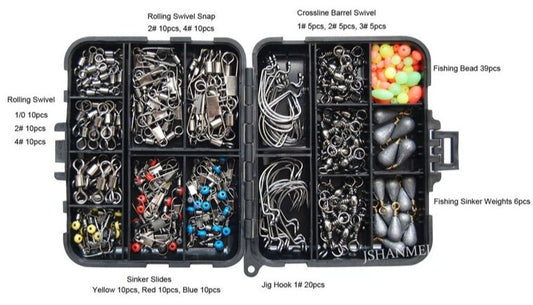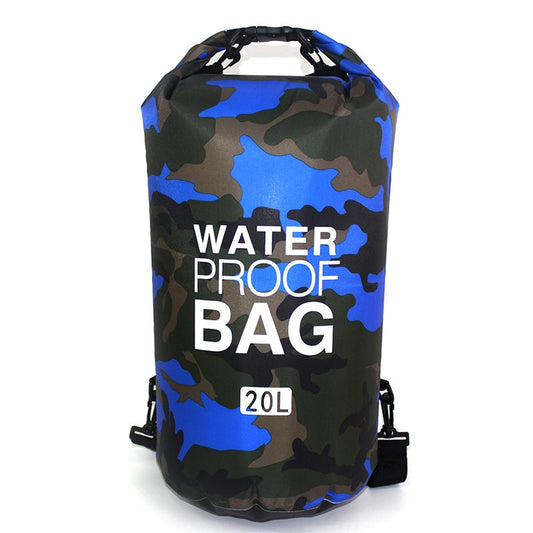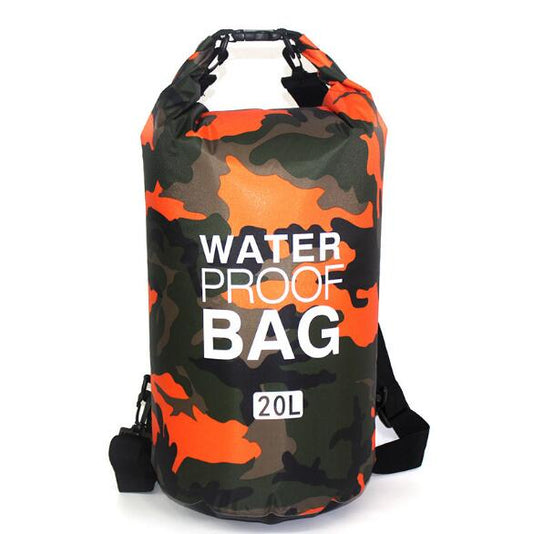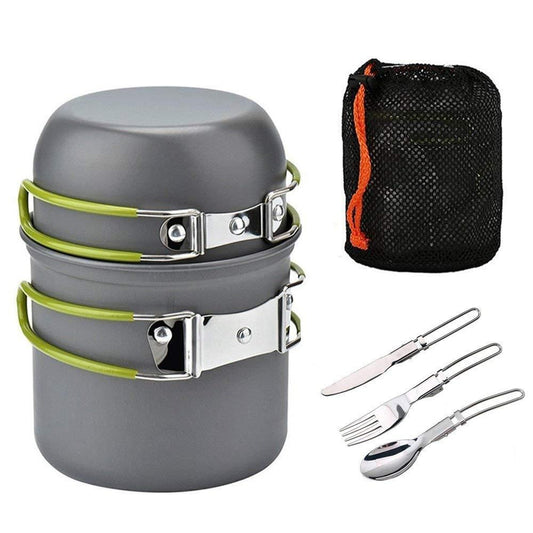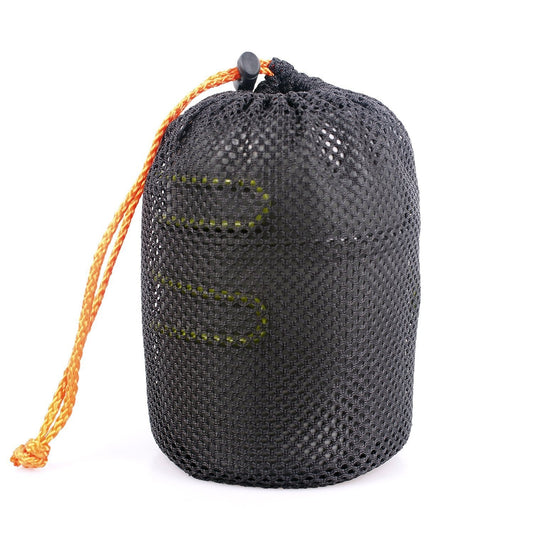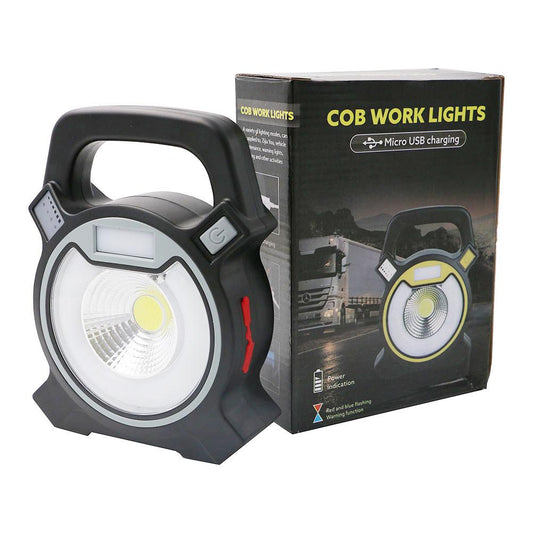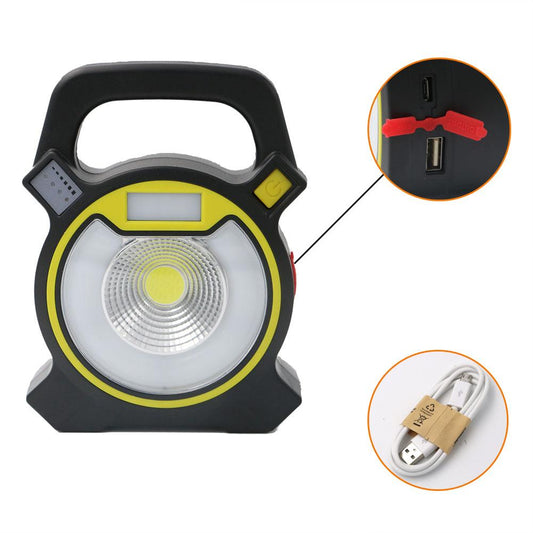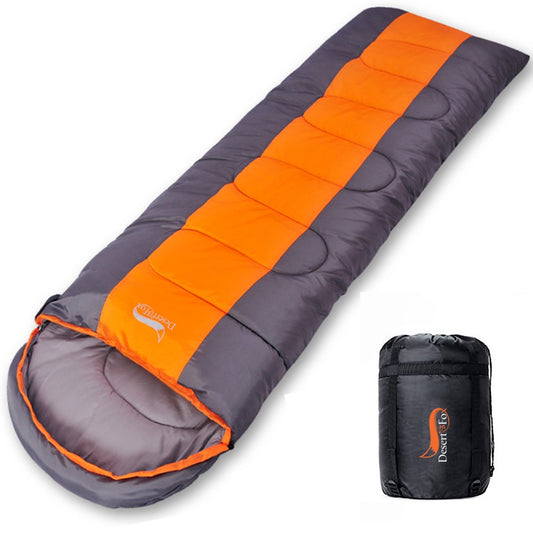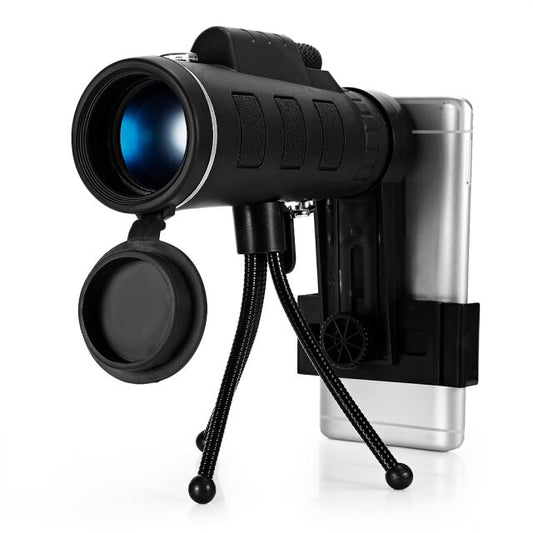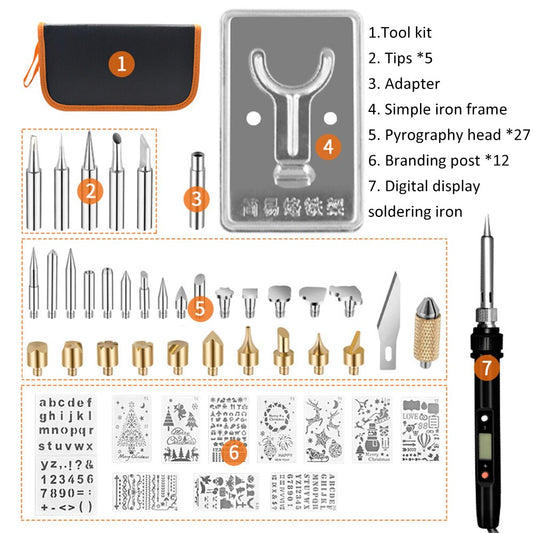
The Top 10 Worst Foods to Keep for Emergencies
Share

When it comes to preparing for emergencies, having a well-stocked supply of food can make all the difference. Whether you're facing a natural disaster, power outage, or any other unexpected situation, the right foods can provide comfort, energy, and sustenance when you need it most.
However, not all foods are created equal when it comes to emergency preparedness. Some items may seem convenient or tasty but can actually be poor choices that compromise your safety, nutrition, or storage needs.
In this blog, we’ll explore the top 10 worst foods to keep for emergencies, shedding light on common mistakes and misconceptions.
From foods that spoil quickly to those that lack essential nutrients or are difficult to prepare without electricity, we’ll help you identify which items to avoid. Understanding these pitfalls can save you time, money, and headaches when you’re trying to stay safe and nourished during a crisis.
By being mindful of what you store, you ensure your emergency food supply truly supports your needs. We’ll also offer tips on what to look for in emergency foods and suggest smarter alternatives to keep you and your family healthy and comfortable when disaster strikes.
Ready to revamp your emergency pantry? Let’s dive into the foods you should definitely leave off your list.

1. Fresh Produce
While fresh fruits and vegetables are vital for a healthy diet under normal circumstances, they are among the worst choices for emergency storage.
Fresh produce spoils quickly without refrigeration and can lead to food waste during emergencies. Unless you have a way to preserve them, like canning, freezing, or dehydration, they simply won’t last. Instead, focus on storing canned or freeze-dried fruits and vegetables that have a long shelf life.

2. Bread and Baked Goods
Bread, pastries, and other baked goods tend to go stale or moldy very quickly, especially without proper storage conditions. Many emergency situations involve limited access to fresh supplies and refrigeration, making these items prone to spoilage.
Additionally, most baked goods are low in nutritional value and tend to contain preservatives and sugars that are not ideal for sustaining energy in emergencies.

3. Dairy Products (Unprocessed)
Milk, yogurt, cheese, and other fresh dairy products are not suitable for extended storage unless specially processed, such as powdered milk or shelf-stable UHT products.
Fresh dairy requires constant refrigeration and can spoil rapidly, potentially causing foodborne illness if consumed after going bad.

4. Raw Meat and Seafood
Raw animal products need cold storage and careful handling to avoid dangerous bacterial growth. Without refrigeration or freezing, raw meats and seafood will quickly become unsafe to eat.
Instead, emergency stocks should include canned, freeze-dried, or vacuum-sealed cured meats that can last longer without refrigeration.

5. Sugary Snacks and Candy
Sugary snacks and candies might provide a quick energy boost, but they lack the balanced nutrition required during emergencies. These foods can also lead to energy crashes and do not provide lasting satiety.
Over-reliance on sweets can be detrimental to maintaining health in extended survival situations.

6. Fresh Eggs
Fresh eggs have a short shelf life and are highly perishable without refrigeration. While eggs are a great source of protein, they are among the worst items to store fresh in an emergency pantry. Alternatives like powdered eggs or freeze-dried eggs can provide nutritional benefits without the spoilage risk.

7. Pasta and Rice (Uncooked)
While pasta and rice are common staples, storing them raw in environments with insects or moisture can lead to infestation or spoilage.
Additionally, cooking pasta and rice requires a heat source and water, resources that may be limited during emergencies. Consider storing instant rice or pre-cooked dehydrated meals that only need rehydration.

8. Foods in Glass Jars
Glass jars are fragile and can break easily during emergencies or transport. They also tend to be bulky and heavy, making storage and handling difficult.
Opt for foods packaged in durable, lightweight containers like cans or vacuum-sealed pouches for your emergency stockpile.

9. Perishable Condiments and Sauces
Items like mayonnaise, salad dressings, and fresh sauces require refrigeration and can spoil quickly. They also add little nutritional value and can risk food safety issues.
Instead, stock up on shelf-stable condiments such as ketchup packets, soy sauce, or dried herbs and spices.

10. Foods with High Water Content
Foods that contain a lot of water, such as soups or stews with fresh ingredients, are prone to spoilage without refrigeration.
Additionally, they are heavy to store and transport. Freeze-dried or dehydrated soup mixes are better because they are lightweight, last longer, and only require adding water when needed.
Building a Better Emergency Food Supply
To make your emergency food supply truly effective, focus on long-lasting, nutrient-rich, and easily prepared foods.
Freeze-dried meals, canned goods, dried legumes, nuts, and powdered dairy products are excellent choices. Look for items with a long shelf life, low refrigeration needs, and minimal preparation requirements.
Remember to rotate your stock regularly and store food in cool, dry places to maximize their shelf life. Also, consider your family’s dietary needs and preferences to ensure everyone stays healthy and comfortable during an emergency.
By avoiding the worst foods to keep and choosing smarter alternatives, you’ll be better prepared to face whatever challenges come your way and the confidence that your emergency pantry will sustain you when it matters most.
Presented by Coach Trina at Dragoyle.com




